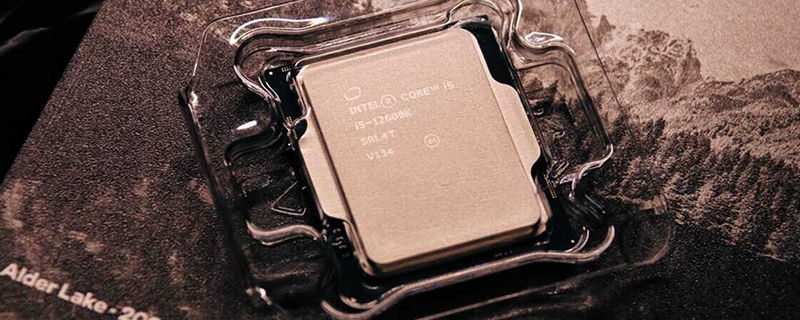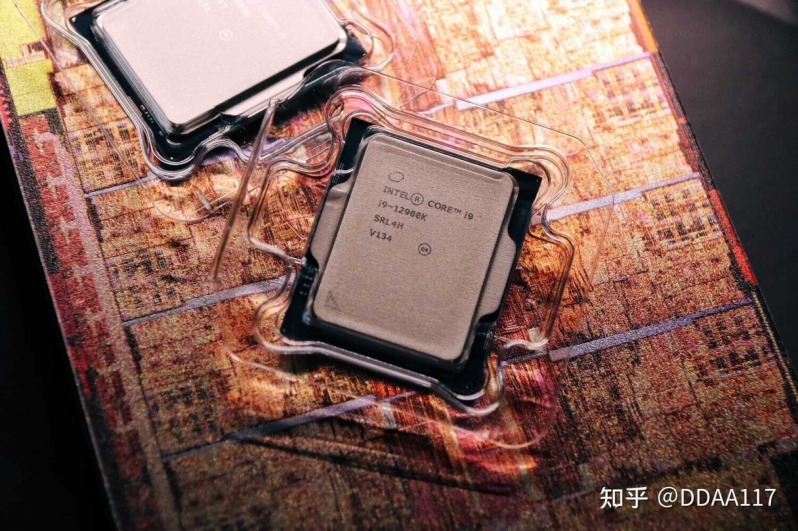Intel’s Retail Alder Lake CPUs Pictured – Clock Speeds Revealed
Intel i9-12900K and i7-12700K should both boost to 5 GHz!
Images of retail Intel Alder Lake processors have started to appear online, showcasing what Intel’s 12th generation Core processors will look like to consumers.Â
For the most part, Intel’s next-generation processors will look like longer versions of today’s 11th gen CPUs, being stretched to fit onto Intel’s new LGA 1700 socket, and to add more space for silicon underneath its IHS (Integrated Heat Spreader). These images were leaked by DDAA117 on the Chinese social media website Zhihu.Â
Videocardz has reportedly confirmed the specifications of much of Intel’s Alder Lake K-series product line, revealing 5 GHz boost clock speeds for the company’s i9-12900K and i7-12700K models. These clock speeds will only apply to Intel’s Performance Cores (P-Cores), with the CPU’s Efficient Cores (E-Cores) boosting to 3.8 GHz. Intel’s Thermal Velocity Boost should enable even higher boost clock speeds for supported models.Â
Is Intel’s i7 the optimal Alder Lake processor?Â
Intel’s approach to hybrid x86 processors is a strange one. In effect, Intel is delivering high levels of multi-threaded performance using a large number of E-Cores (Efficient Cores). In contrast, Apple’s latest M1 Pro and M1 Max chips only feature two low power cores, using their lower power cores to deliver efficiency benefits, not multi-threaded throughput.Â
With Alder Lake, Intel’s Efficient Cores will be useful for padding out Intel’s core counts and delivering higher levels of multi-threaded performance in applications to scale to large thread counts and don’t care about performance disparities between individual cores. For many applications, the performance of Intel’ BIG cores, their Performance Cores, will be what matters. As such, Intel’s i7-12700K looks like a great option for most users. Yes, it has fewer Efficient Cores, but it has the same P-Core count and similar boost clock speeds.Â
The big question now is whether or not the four extra E-Cores on the i9-12900K will deliver large enough performance gains to be considered worthwhile. If it doesn’t, it will prove that Intel has taken the wrong approach to hybrid computing with Alder Lake. Â
| Â | Cores/Threads (Total) |
Core Types/Counts | Base Clock | Boost Clock | TDP |
| Core i9-12900K | 8+8/24 | 8x P-Core | 3.6 GHz | 5.0 GHz | 125W |
| 8x E-Core | 2.7 GHz | 3.8 GHz | |||
| Core i7-12700K | 8+4/20 | 8x P-Core | – | 5.0 GHz | 125W |
| 4x E-Core | – | 3.8 GHz | |||
| Core i5-12600K | 6+4/16 | 6x P-Core | – | 4.9 GHz | 125W |
| 4x E-Core | – | 3.6 GHz |
You can join the discussion on Intel’s 12th Generation Alder Lake processors on the OC3D Forums.Â




